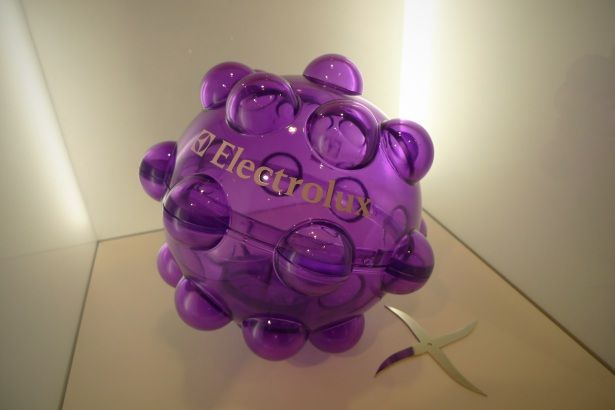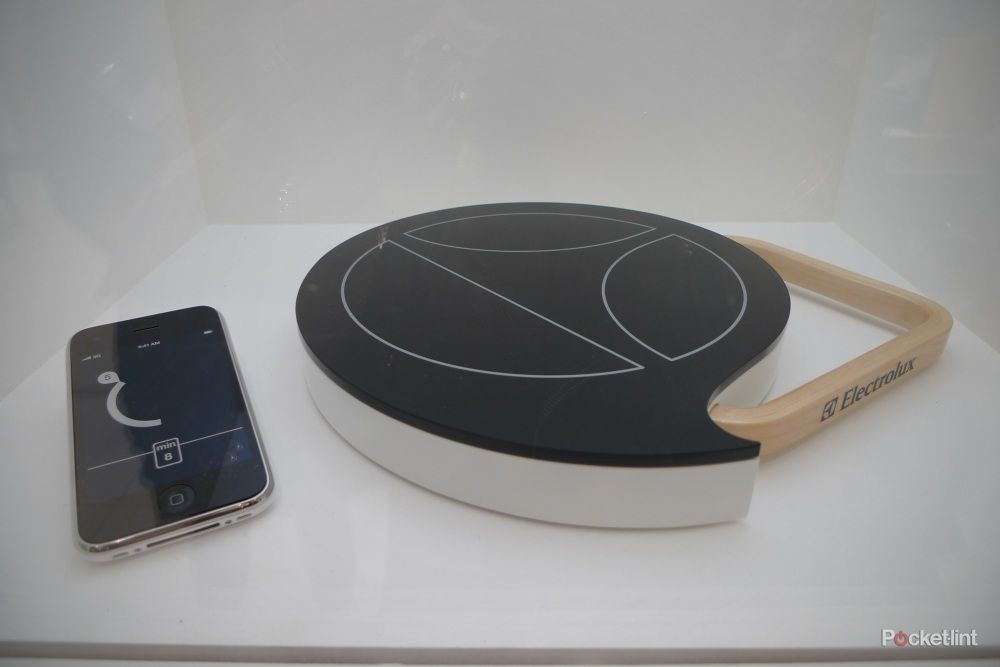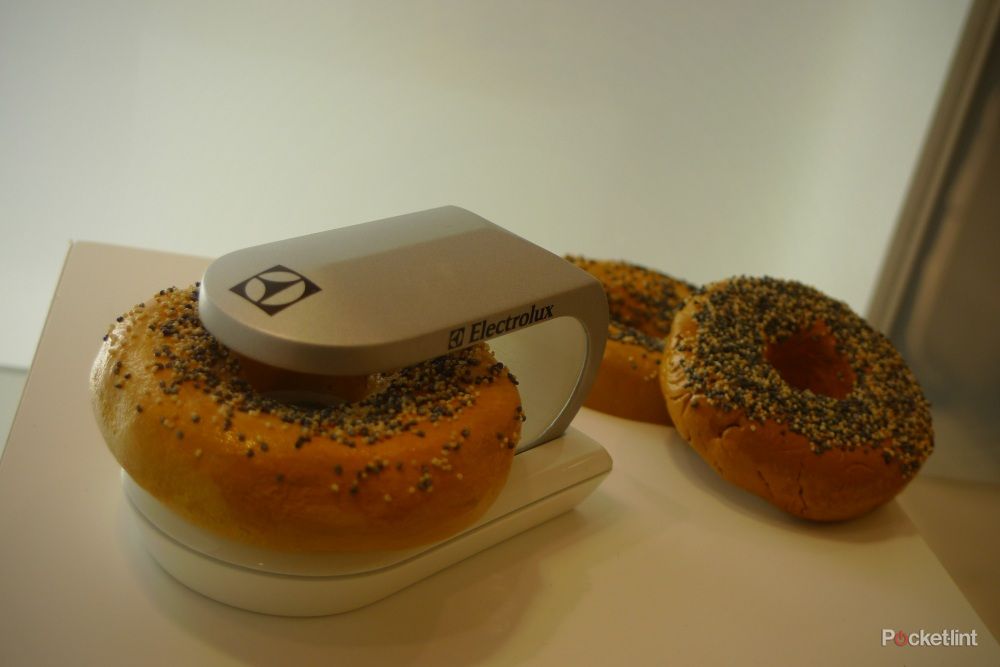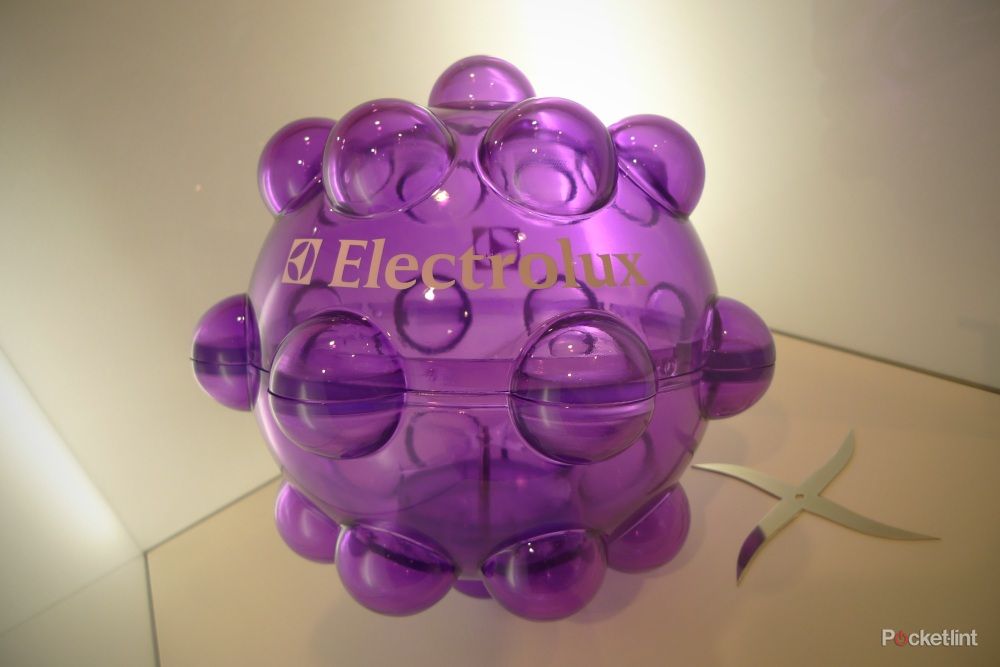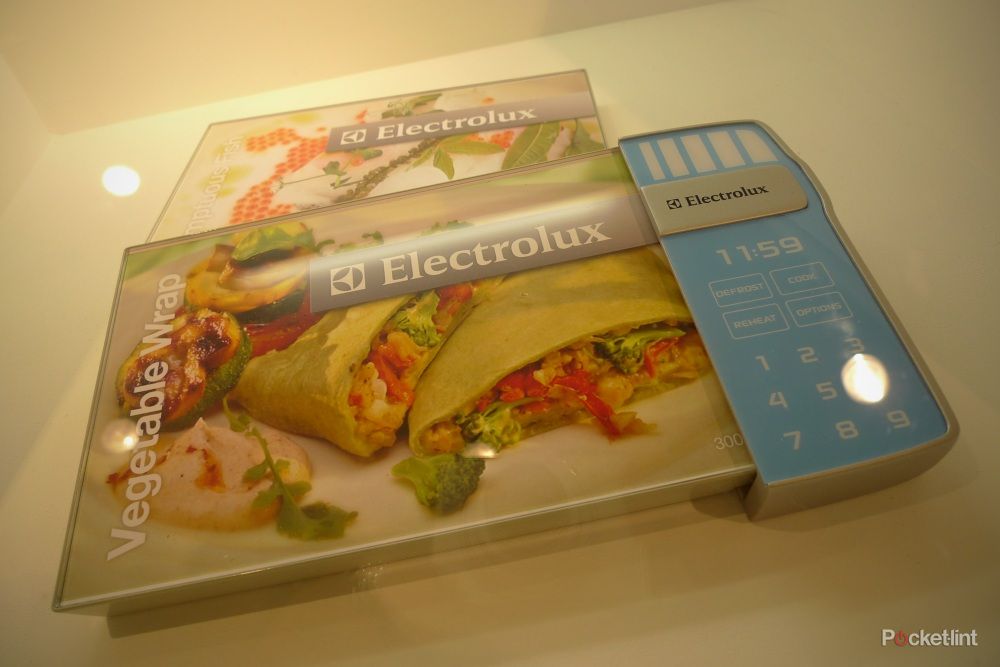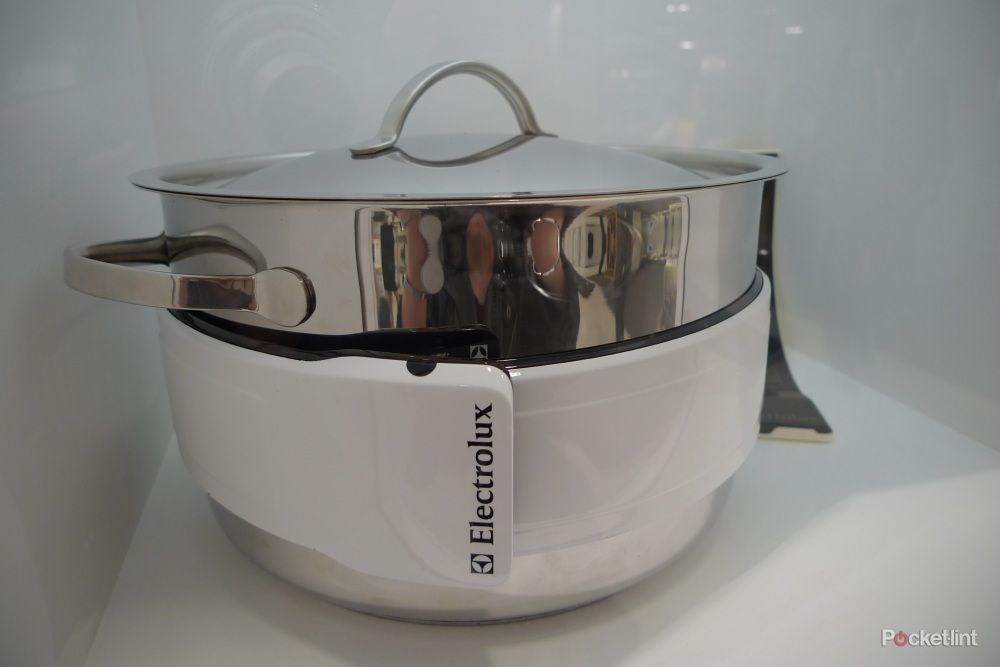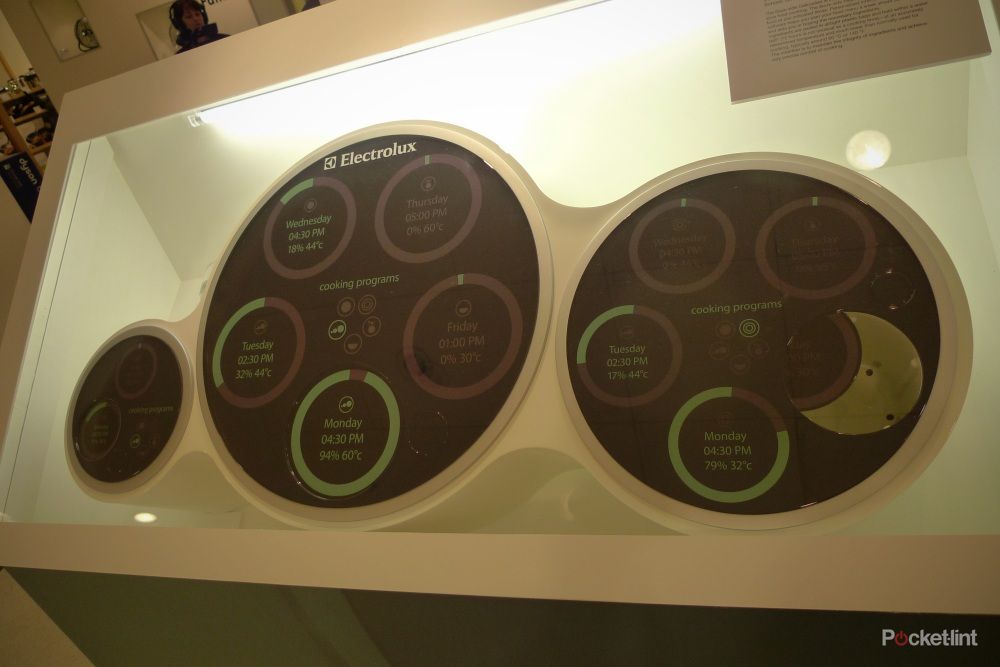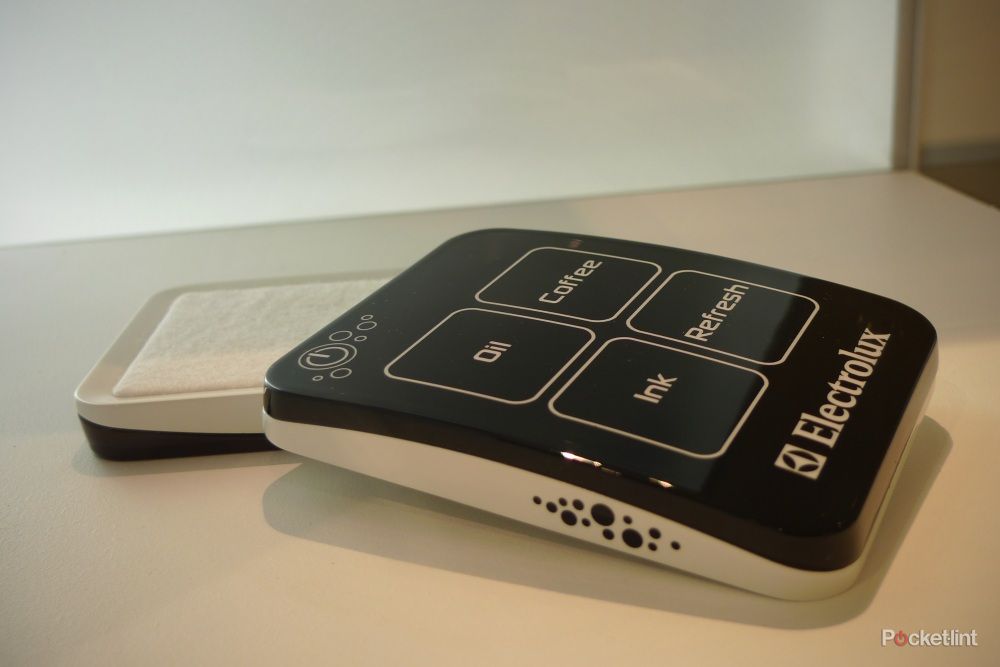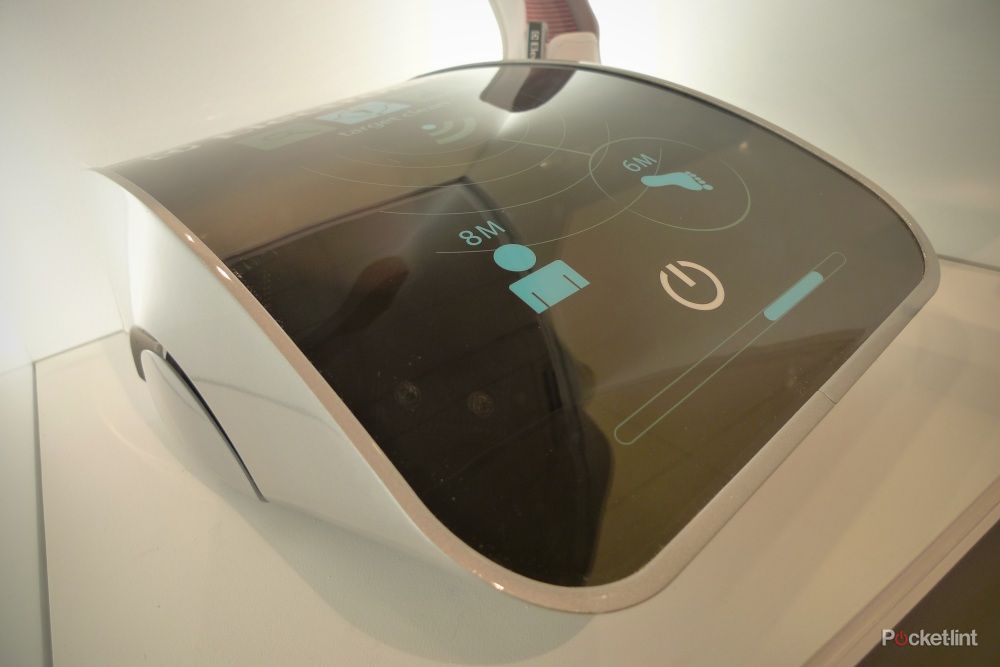If you want to know what the home gadgets of the future might look like, then you should take a peek at the Electrolux Design Labs 2011 finalists' designs, currently on show at John Lewis in Oxford Street, London.
This global design competition was first established in 2003 and this year has seen 1,300 submissions from industrial design students spanning more than 50 countries. The theme this year was "Intelligent Mobility" - with contestants briefed to concentrate on how people can prepare and store food, and do the cleaning, both inside and outside of the home.
Speaking at a preview of the design concepts, Electrolux senior industrial designer, Adam Szczepanowski, commented: "Nothing is tied to a fixed point anymore. Future homes will have to be like Swiss Army knives - small, versatile and multi-functional.
"As homes become smaller, everything we put into them has to pay its 'rent' with its footprint".
With that in mind, here's what the eight finalists came up with...
Mobile Induction Heat Plate
Designed by Tommi Moilanen of Finland, this nifty little hot plate has been designed to be used on the go and is controlled using your smartphone. The app makes use of NFC tags on food packaging for instructions on how to heat the food, and it will also remember things that you've previously cooked. Powered by a rechargeable battery, the gadget sports a glossy black design with a white edge.
The heat plate also incorporates a wooden handle making it easy to carry around or acting as a means by which to hang int on the wall when charging the battery.
Salve Bagel Toaster
This neat little device was designed by Canadian student Kent Madden and is a portable bagel toaster for those that don't have time to indulge in breakfast at home and need to grab some grub on the fly. The gadget runs on sugar crystal batteries and can be recharged on a ceramic induction dock. Once a bagel is placed in the toaster, it automatically starts rotating and when you're happy with the look of your snack, you simply remove it.
This looks absolutely ideal for time-poor commuters or those than can't be torn away from their desks at lunch time.
Smoobo Blender
Perhaps the most fun of all the designs, this gadget may look like a knobbly hamster ball, but it's actually a food blender. The handiwork of Roseanne de Bruin from New Zealand, the Smoobo has been designed to add some fun to food preparation - you simply pop the ingredients inside, along with the blade, and bounce the ball. Each bounce activates the kinetic batteries, which power the blades and blend your food.
A pouring cap means that you can blend smoothies and juices before decanting them into a glass.
Onda Portable Mircrowave
The microwave oven may have been around since the 1950s, but the Onda Portable Microwave takes it firmly into the 21 century. Unlike a conventional microwave, the Onda is a handheld device that's slid onto the packaging. The aluminium inside the gadget creates a circuit when the seal of the food packaging is broken so that cooking can start. The clever device uses paper batteries in order to produce energy, making the Onda a good choice for eco-conscious consumers.
Designed by US student Matthew Schwartz, the microwave is available in a range of different colours with the product on show at John Lewis sporting a pale blue control panel.
Ribbon (multi-purpose heater and cooler)
This flexible product can be wrapped around a food or drink container in order to heat it or keep it cool. The black side provides heat, so it can be used to wrap around a pan of food, while the white side can be used to cool a bottle of wine.The clever design means than it can be curled round to fit almost anything and you can even fold it flat to use as a hot plate.
Powered by a chargeable thermoelectric cell battery, the Ribbon can convert heat back into electricity when not in use. This design is the brainchild of Enzo Kocak of Australia.
Sous-vide Cell Cooker
Dreamt up by Adam Miklosi of Hungary, this invention was inspired by the process of slow food cooking, used by many professional kitchens. Internet and smartphone software is used to help you to plan your weekly menu. All ingredients can be gathered at the start of the week and sealed into airtight bags and placed in a water bath, which will start cooking at a pre-determined time.
The device can refrigerate food until it is ready to be cooked, so that a whole week's worth of food can be lined up in advance - perfect if you don't want the hassle of cooking after a hard day at work.
Portable Spot Cleaner
This tiny little cleaner could well be a life saver if you spill a drink down yourself when you're out and about, and not in a position to change into a clean shirt. Ideal for business types, backpackers or pretty much anyone who needs a portable cleaning device, the gadget comprises two separate components that can be placed on either side of a garment for cleaning. Using negative ions and a steam refresh function, the Portable Spot Cleaner can be used to remove stains, with bespoke settings for oil, coffee and ink.
Designed by Adrian Mankovecky of Slovakia, the device runs on a sugar crystal battery so it can be used anywhere.
Robo TAP Cleaner
This clever piece of kit takes the concept of the robotic vacuum cleaner and moves it up a gear, as it can be used to target an exact spot for cleaning. A tiny remote can be attached to a shoe or slipper and then all you need to do is tap the floor with your foot and the cleaner will answer your call and zoom over to start cleaning. Two taps will cancel the command and three taps will send the cleaner back to its automatic program.
Having a vacuum cleaner at your beck and call and willing to do your bidding at the tap of a foot certainly sounds like the future to us. This particular concept is the handiwork of Gya Ha Choi of South Korea.
The winner
The eight finalists will present their designs to a panel of leading architects and product designers at the Room Home Intelligence Conference at the Business Design Centre in London on 7 September 2011. The winner of the first prize will receive a 6-month paid internship at an Electrolux global design centre and 5,000 euros, while the second and third prize winners will be rewarded with cash sums of 3,000 and 2,000 euros.
In the meantime, you can vote for your favourite invention in the people's choice award on the Electrolux website.
The designs will be on display at John Lewis in Oxford Street, London until 29 August 2011.
What would you like to see in the home of the future? Let us know in the comments box below.

